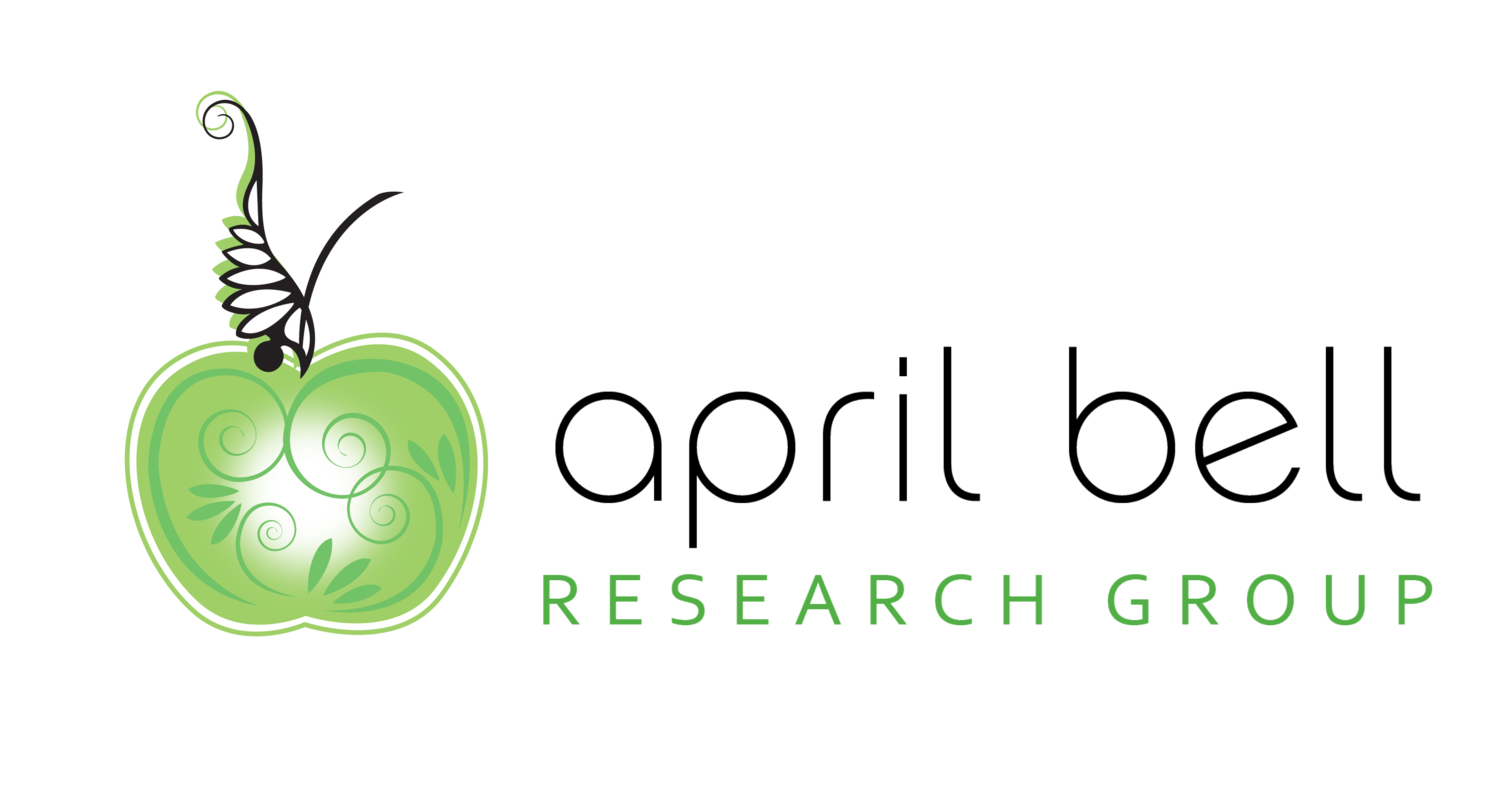In July, I took a week by myself to write in Tulum, Mexico. That’s right - write. I have been wanting to write an online course to teach small businesses how to use empathy to build a brand for about 2 years. I have THOUGHT about doing it for over 2 years, y’all! That’s a lot of thinking. Oh wait, I did a lot of research about it, too. I researched others who were doing it, I bought several online courses. I brainstormed about the type of content it would need, but I didn’t actually start DOING anything about it until this spring. This spring I started acting on it. Even then, my actions swirled around everything BUT the writing of the course. Actually getting something, anything on paper (well, computer) was the missing part in my whole process.
It’s fascinating, because get what my #1 strength on Strengthfinders is? Activator. Seriously???? That strength has been the backbone of my business – I am typically really good at acting on what I need to do. So, I have had to ask myself recently, why have I struggled so much with acting on this project I really want to do? There I am again, going back to the questions, the thoughts, the analysis. “Stop and act, April”, I would say to myself. And still, I watched distractions grab at me every turn, especially when I had taken out time to write. I knew I had to eliminate as many as possible to give myself the time and space to write.
So, 3 things occurred simultaneously as I was telling myself it was time to act:
My mom at the last minute asked if she could take Autumn for a week
A research project got cancelled
I had a random conversation with a friend about Tulum, Mexico,
In a moment, I made a snap decision to book a flight to Cancun, get a car to Tulum by myself and spend the week writing on the beach.
Sounds wonderful, eh? I was giddy proud of myself for this “action” as I settled into my cute, bohemian boutique hotel. This blog, however, is not about the glamour of this week to myself, it is about the painful mind journey that happened AFTER deciding to book the trip.
By the end of the week, I definitely had clarity on the battle that goes on in my brain. I realized I didn’t know how crazy I was until I was alone with my thoughts, trying to do something totally new for several days.
So, that brings me to Tulum.
I learned that “getting away” is only part of the hurdle when it comes to having a specific goal of writing. I wasn’t fully aware of how much resistance I have to writing and how the self-talk prevents me from doing the 1 thing I want to do most. I had to ask myself, “why is this so hard?” and I think it’s this: my brain is more comfortable consuming information than it is creating it. You see, I love to read, and the more I read, the more I know. But transferring knowledge into something that’s meaningful is a completely different story. I have read 2 of Steven Pressfield’s books, which are incredible: The War of Art and Do The Work. And they sum up quite nicely what he talks about as Resistance. I experienced it in full force that week. The battle in my mind went something like this:
This is fun, I’m excited and nervous.
WTF am I doing?
Hmmm…this hotel is nice but I really wish it had air conditioning. I’m definitely not going to be able to write in a non-A/C’d room.
Where is the perfect place to write? There is no perfect place to write.
The beach would be good but I’ll get sand in my computer; the hammock would be good but how am I going to type while I'm swinging.
How can I see the ocean while I’m writing – that will definitely help.
I’m pretty sure this is a dumb idea.
It’s for sure a dumb idea.
I’m not safe, someone’s going to kill or rape me down here.
When can I let myself have a margarita?
I love myself.
I can do this.
How can I make myself do this?
Ok, I’ve figured it out. I’m going to make it a game and give myself a treat for every module I write.
I made a checklist, now I’m pumped.
Are we there yet?
I rocked the 1st module, I’m a badass.
5 more to go, this is definitely a dumb idea.
Why can’t I just be normal and let myself have/be fun?
You’re a bad ass, brave woman…do it.
I should be laying on the beach, that’s how I can get more creative.
If I lay on a beach, I’m just going to want to read, drink margaritas and fall asleep, not necessarily in that order.
Why are people bothering me on email and text? Don’t they know I’m trying to do something important?
I definitely think laying on the beach is a good idea.
That was all during the morning of Day 1. And Day 1 wasn’t the only battle, Day 3’s battle was different because it involved other people….
I had told a few friends that I was going, ones who I knew would be super supportive, and thank God their positive energy held me up. Something triggered me to reach out to another friend on Day 2 evening. I’ve known her for a long time, and after a couple of texts, I ended up texting her about what I was doing this and asked her to send me good vibes and for grace for myself as I was working through it. Her text reply was something like “Good luck - that sounds horrible.” That triggered Day 3’s battle – the battle of “needing other’s approval.” When I got that text back, I was pissed because it certainly didn’t feel supportive. However, after exploring my feelings further, I realized that me expecting others to approve or love what I’m doing is unrealistic. I have typically (up until now) sought love from everyone around me but this week, it became clear that the more I could be kind to myself and love myself through it regardless of what anyone thought, the easier the process would be. The more I “beat myself up” for not doing things good or perfect enough, the harder the process was.
By the end, I realized 2 things that were extremely valuable, and I wish I had learned them long ago.
Work and Play can co-exist: Having fun and doing the hard word do not have to be mutually exclusive. Once I made the “work” of writing a game, and started “playing” with the idea of what time I could lay on the beach and have a margarita, I actually started having fun writing. I learned that when I made the choice that it would be fun, it was. It was fun because I chose doing something hard over thinking too much. In fact, even thought it was still a terrible first draft, I was “playing” with words for the first time in a really long time.
Activating before Hesitating is the Key. The longer I sat around and thought about it, analyzed it, mulled it over, the harder it was to begin each day. When I just “started” moving my fingers over the keys, without letting my thoughts and distractions over take me, my brain followed my body. The words started to flow, and I wrote quite a bit more than I thought I would.
The irony of the whole deal, is that the battle is not over. I got back and was sharing with someone else about the process I went through and the first thing they said was, “So, what’s your plan now for finishing it out?” And I thought to myself, “Shit, now I have to more…”
Will it get easier? I hope. I do know one thing. It’s starting to take on a life of its own. It’s like no matter what comes of it, I have to finish it, primarily because I don’t want all of that experience to be wasted. But, now I'm ready for a REAL beach vacation. I can’t wait to get back to the beach…and just lay around and read. Maybe I’ll book one when I complete the course!














































